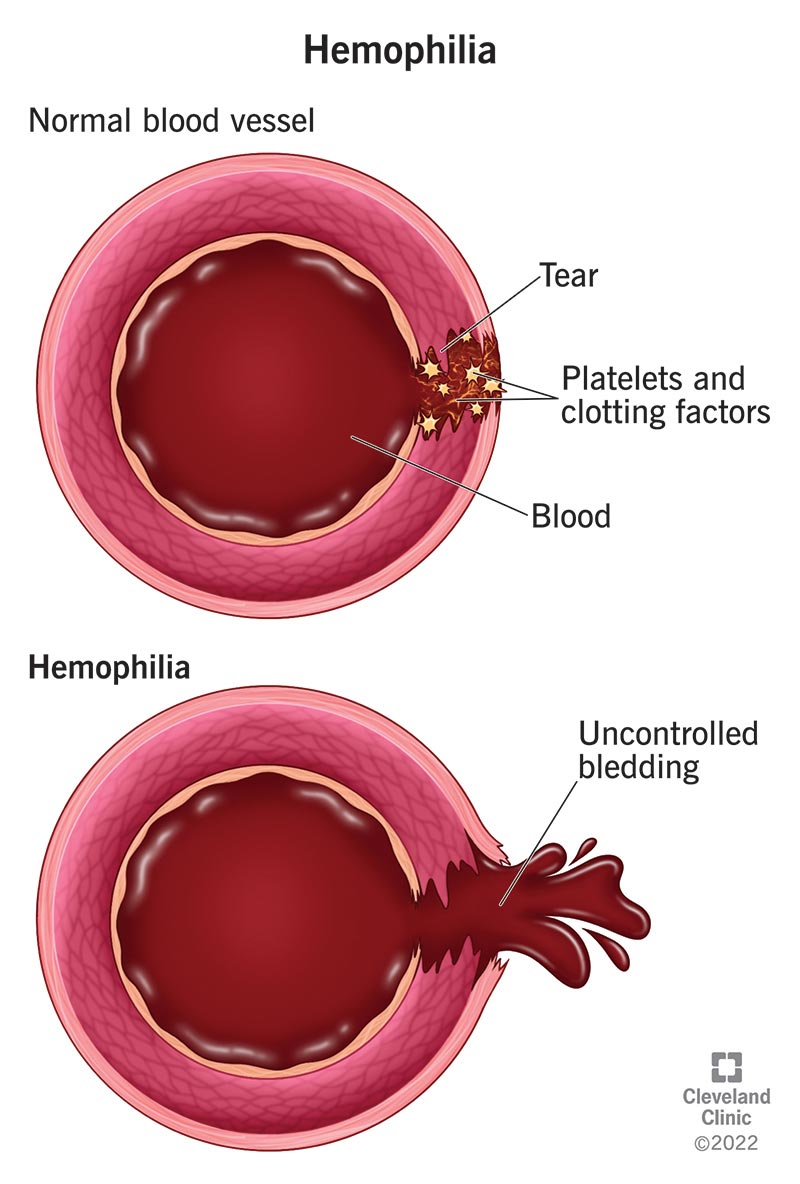A 65-year-old female presents to the clinic with complaints of fatigue, shortness of breath, and pallor. Her hemoglobin level is 9 g/dL. Which of the following clinical manifestations is most likely associated with her anemia?
Increased appetite.
Fatigue.
Weight gain.
Hypertension.
The Correct Answer is B
Choice A Reason:
Increased appetite is not typically associated with anemia. Anemia generally leads to symptoms related to decreased oxygen-carrying capacity of the blood, such as fatigue, weakness, and shortness of breath. Increased appetite is more commonly linked to other conditions, such as hyperthyroidism or certain metabolic disorders.
Choice B Reason:
Fatigue is a common and significant symptom of anemia. When hemoglobin levels are low, the body’s tissues do not receive adequate oxygen, leading to feelings of tiredness and exhaustion. This is because hemoglobin is responsible for transporting oxygen from the lungs to the rest of the body. In anemia, the reduced oxygen delivery results in decreased energy levels and persistent fatigue.
Choice C Reason:
Weight gain is not typically associated with anemia. In fact, some forms of anemia, such as those caused by chronic diseases or malnutrition, may lead to weight loss rather than gain. Weight gain can be associated with other health issues, such as hypothyroidism or fluid retention, but not directly with anemia.
Choice D Reason:
Hypertension is not a common manifestation of anemia. Anemia usually leads to symptoms like pallor, shortness of breath, and fatigue due to the reduced oxygen-carrying capacity of the blood. Hypertension, or high blood pressure, is more commonly associated with cardiovascular diseases, kidney disorders, or endocrine conditions.
Nursing Test Bank
Naxlex Comprehensive Predictor Exams
Related Questions
Correct Answer is C
Explanation
Choice A Reason:
Preparing the patient for immediate surgical intervention is not the first-line treatment for hemophilia-related joint bleeding. Surgery is considered only if there is severe damage or if conservative measures fail. Initial management focuses on controlling bleeding and reducing inflammation.
Choice B Reason:
Administering aspirin for pain relief is contraindicated in patients with hemophilia. Aspirin inhibits platelet function and can exacerbate bleeding. Alternative pain management strategies that do not affect clotting should be used.
Choice C Reason:
Applying ice to the affected knee and elevating the leg is the most appropriate initial intervention. Ice helps to reduce swelling and pain, while elevation minimizes blood flow to the area, helping to control bleeding. This conservative approach is crucial in managing acute hemarthrosis in hemophilia patients.
Choice D Reason:
Performing passive range of motion exercises on the affected knee is not recommended during the acute phase of hemarthrosis. Movement can increase bleeding and worsen the condition. Rest and immobilization are preferred until the bleeding is controlled.

Correct Answer is B
Explanation
Choice A: Instruct the patient to elevate the arm above the heart immediately after the procedure
Elevating the arm above the heart can help reduce blood flow to the area, potentially minimizing bleeding. However, this method alone is not sufficient to ensure proper hemostasis, especially in patients with thrombocytopenia. Applying direct pressure to the puncture site is more effective in stopping bleeding and preventing hematoma formation.
Choice B: Apply firm pressure to the site for at least 10 minutes after the procedure
Applying firm pressure to the venipuncture site is crucial in patients with thrombocytopenia to ensure proper clotting and prevent bleeding. This method helps in forming a stable clot at the puncture site, reducing the risk of prolonged bleeding and hematoma formation. Given the patient’s low platelet count, maintaining pressure for an extended period is essential to achieve hemostasis.
Choice C: Avoid using a tourniquet during the procedure
While avoiding a tourniquet might seem beneficial to reduce pressure on the veins, it is not a standard practice to minimize bleeding risk in thrombocytopenic patients. Tourniquets are typically used to make veins more prominent for easier access during venipuncture. The key to minimizing bleeding is proper post-procedure care, such as applying firm pressure to the site.
Choice D: Use a larger gauge needle to ensure quicker blood flow
Using a larger gauge needle is not advisable for patients with thrombocytopenia. Larger needles can cause more trauma to the vein, increasing the risk of bleeding and hematoma formation. Instead, using the smallest gauge needle that can effectively draw blood is recommended to minimize vein damage.

Whether you are a student looking to ace your exams or a practicing nurse seeking to enhance your expertise , our nursing education contents will empower you with the confidence and competence to make a difference in the lives of patients and become a respected leader in the healthcare field.
Visit Naxlex, invest in your future and unlock endless possibilities with our unparalleled nursing education contents today
Report Wrong Answer on the Current Question
Do you disagree with the answer? If yes, what is your expected answer? Explain.
Kindly be descriptive with the issue you are facing.
